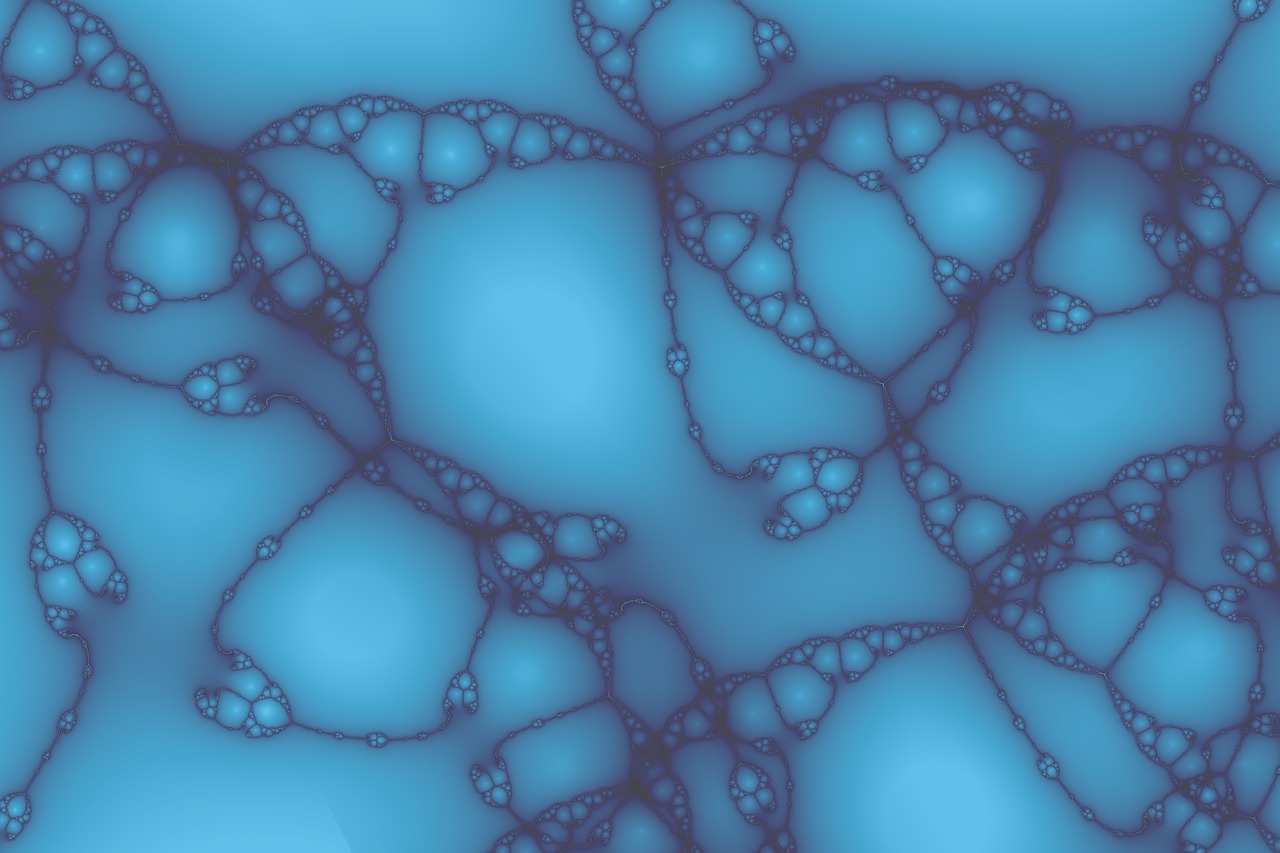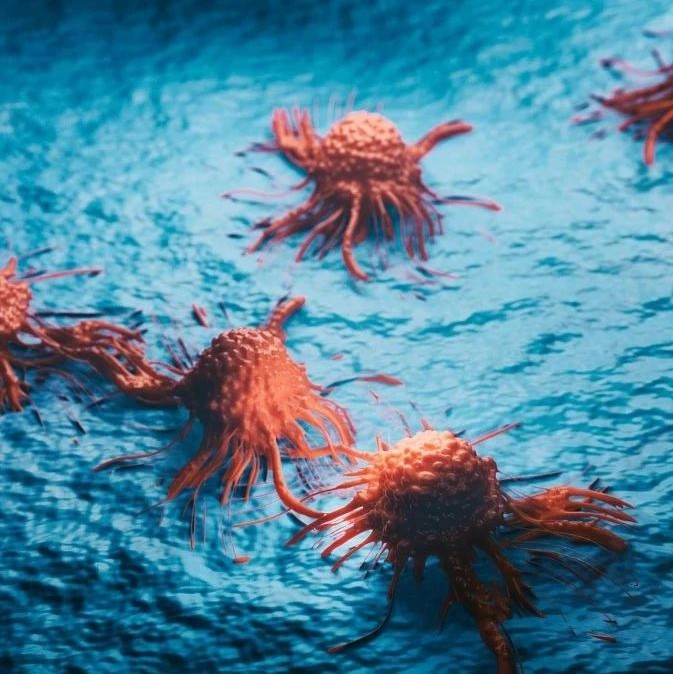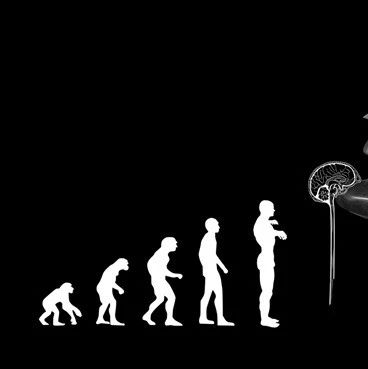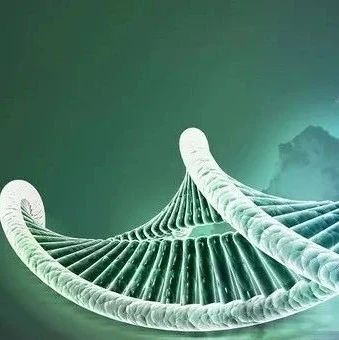
绿色荧光显示该研究中的秀丽隐杆线虫的自吞噬作用(图)
衰老被认为是所有生命体的一个重要特征,但人类和其它有机体生物衰老的具体分子机制仍不清楚。最近美国桑福德-伯纳姆医学研究所的科学家们通过研究一种名为秀丽隐杆线虫的生物,发现了衰老过程的分子基础。
这项研究的论文发表在最新一期的《Current Biology》杂志上。科学家们发现了细胞中的脂类代谢和自我吞噬作用共同作用可影响线虫的寿命。
自我吞噬作用是细胞消化再利用自身物质的一种重要方式,再过去的数年中一直广受科学界的关注,它发现与许多人类疾病相关,包括癌症和阿尔茨海默病。而在这项研究中,它被发现了与有机体生物的衰老也有着紧密联系。
论文的通讯作者,桑福德-伯纳姆的神经生物学、衰老与干细胞研究中心的助理教授Hansen博士说道:“在该研究中,一种特殊的线虫要比普通的线虫寿命更长,但我们仍然不能完全解释这种现象。结果显示细胞自吞噬作用增强具有一定的抗衰老效应,这可能跟激活了一种脂肪消化酶的活性相关。从另一个角度来说,脂肪再循环有助于延长寿命,至少对线虫而言是这样”。
秀丽隐杆线虫(Caenorhabditis elegans,C. elegans)是一种可以独立生存的线虫,其个体小,成体仅1.5mm长,为雌雄同体,雄性个体仅占群体的0.2%,可自体受精或双性生殖;在20℃下平均生活史为3.5天,平均繁殖力为300-350个;但若与雄虫交配,可产生多达1400个以上的后代。自1965年起,科学家Sydney Brenner利用线虫作为分子生物学和发育生物学研究领域的模式生物。
在该研究中,科学家们使用的是一种含较少病菌的线虫,该线虫要比普通的线虫寿命更长,它们也有生殖腺,但不能繁殖后代。尽管如此,该种线虫仍然会将体内代谢脂肪用于产卵,但又不真正的生产出受精卵。于是科学家们推测这些脂肪会用于其它地方或进行再循环(该线虫体内的细胞自吞噬作用始终处于较高水平)。
LIPL-4,一种用于分解脂肪的酶,被发现在该线虫体内处于极度活跃的状态,这可能与线虫较长的寿命有关,但目前仍不清楚这些酶延长寿命的具体机制。该研究中,科学家们发现了内在两种互相依赖的细胞代谢机制:细胞自吞噬作用可以保持LIPL-4酶的高活性,而LIPL-4酶又是细胞自吞噬作用起始所必须的物质。最终,它们共同作用下调了线虫体内的名为TOR的营养传感信号,它能影响许多物种的代谢和衰老。
论文的第一作者,Louis Lapierre博士后说道:“高活力的自吞噬作用和LIPL-4酶能让这些线虫比普通的线虫存活时间平均提高25%。后续的研究中,我们将更进一步的揭示自吞噬和LIPL-4酶的关系,还有它们对脂肪代谢影响的具体机制,以及在其它动物体内是否也存在着类似的作用机理”。 (生物探索 Jun)
生物探索推荐英文论文原文摘要:
Autophagy and Lipid Metabolism Coordinately Modulate Life Span in Germline-less C. elegan
Background The cellular recycling process of autophagy is emerging as a key player in several longevity pathways in Caenorhabditis elegans. Here, we identify a role for autophagy in long-lived animals lacking a germline and show that autophagy and lipid metabolism work interdependently to modulate aging in this longevity model.
Results Germline removal extends life span in C. elegans via genes such as the lipase LIPL-4; however, less is known of the cellular basis for this life-span extension. Here, we show that germline loss induces autophagy gene expression via the forkhead box A (FOXA) transcription factor PHA-4 and that autophagy is required to extend longevity. We identify a novel link between autophagy and LIPL-4, because autophagy is required to maintain high lipase activity in germline-deficient animals. Reciprocally, lipl-4 is required for autophagy induction. Coordination between autophagy and lipolysis is further supported by the finding that inhibition of TOR (target of rapamycin), a major negative regulator of autophagy, induces lipl-4 expression, and TOR levels are reduced in germline-less animals. TOR may therefore function as a common upstream regulator of both autophagy and lipl-4 expression in germline-less animals. Importantly, we find that the link between autophagy and LIPL-4 is relevant to longevity, because autophagy is induced in animals overexpressing LIPL-4 and autophagy is required for their long life span, recapitulating observations in germline-less animals.
Conclusions Collectively, our data offer a novel mechanism by which autophagy and the lipase LIPL-4 interdependently modulate aging in germline-deficient C. elegans by maintaining lipid homeostasis to prolong life span.







